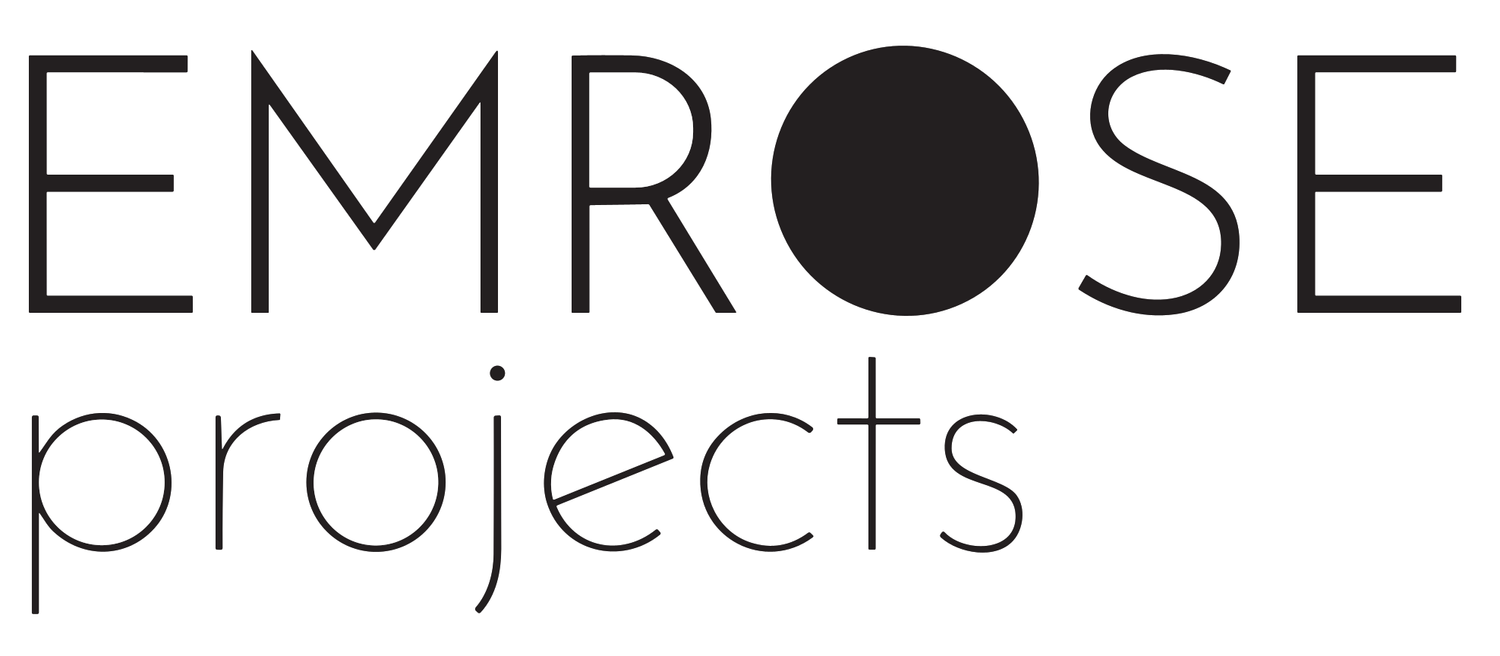Blog
The Science Behind Why Art Improves Spaces and Experiences
The Art of Connection
Art is an essential part of shaping meaningful environments. The colors, textures, and visual elements present in a space influence how people feel, interact, and connect. Art plays a direct role in how spaces function and how individuals experience them on a daily basis. But what gives art its unique ability to support placemaking? The answer is rooted in science. In this article, we examine the neuroscience, psychology, and research-backed insights that explain how art impacts both physical environments and the people who move through them.
The Neurological Impact of Art
When we engage with art—whether by viewing, creating, or navigating a space that incorporates it—our brains respond. Research in neuroaesthetics, the scientific study of how the brain processes aesthetic experiences, shows that viewing art activates the brain’s reward system. This includes areas like the prefrontal cortex and the ventral striatum, which are associated with pleasure, motivation, and emotional regulation.
A 2011 study published in the journal NeuroImage found that people who viewed artworks they considered beautiful experienced increased activity in the brain’s medial orbitofrontal cortex—the same region activated by romantic love and delicious food. In short, our brains light up in the presence of meaningful, well-integrated art.
Art Enhances Mood and Reduces Stress
Art has a calming effect on the brain and plays a valuable role in promoting emotional wellbeing. Research in healthcare design shows that visual art in patient-centric environments can reduce anxiety, lower blood pressure, and even support faster healing. This impact, known as “positive distraction,” highlights the importance of incorporating thoughtfully selected or site-specific art into care settings. A landmark study by Dr. Roger Ulrich found that patients recovering from surgery experienced better outcomes—including faster recovery and reduced need for pain medication—when exposed to nature scenes or murals. Far from being a decorative afterthought, art is a vital element of health-supportive design.
Art Shapes Perception of Place
Art plays an essential role in shaping how people experience their surroundings. In creative placemaking, it serves as a tool for connection—linking individuals to the identity, culture, and history of a space. It invites participation and brings a deeper awareness of place. When integrated into the built environment, art can improve navigation, promote a sense of safety, and create emotional resonance. This impact is especially valuable in public or transitional areas like plazas, transit centers, hospitals, and campuses—places where people often feel disconnected or move through quickly. Adding art to these spaces brings clarity and intention, encouraging people to slow down, take notice, and feel a greater sense of belonging.
A Tool for Inclusion and Belonging
Our creative placemaking work begins with people. We prioritize collaboration, making sure communities are actively involved in shaping their shared spaces. By engaging local artists, honoring cultural context, and amplifying community stories, we help create public spaces that reflect the people who live there.
Research from the National Endowment for the Arts shows that arts-based community development can lead to greater civic engagement, stronger social bonds, and a deeper sense of connection within neighborhoods. When residents participate in the creative process, they’re more likely to feel seen, valued, and rooted in their environment.
Economic and Experiential ROI
Beyond emotion and identity, art delivers tangible economic benefits. Creative placemaking and public art investments have been shown to increase foot traffic, stimulate local economies, and raise property values. But just as importantly, they elevate the overall quality of experience for both residents and visitors.
Studies by Americans for the Arts show that people are more likely to visit, linger in, and recommend spaces that incorporate public art. Whether in hospitality, retail, healthcare, or civic design, this kind of experiential enhancement has a direct impact on brand perception, customer satisfaction, and long-term loyalty.
Art as a System of Care
Perhaps most importantly, art offers a system of care within our shared environments. We view art not as a final layer added after a space is built, but as a fundamental part of the architectural and emotional framework. When integrated from the beginning—through thoughtful art consulting, local partnerships, and deep listening—art becomes a medium through which spaces can truly support, heal, and inspire the people they serve.
EMROSE projects brings together art, environment, and intention to shape places that resonate with meaning. Through our art consulting and creative placemaking services, we work with partners to explore new possibilities for how spaces function—and how they impact the people who use them.
